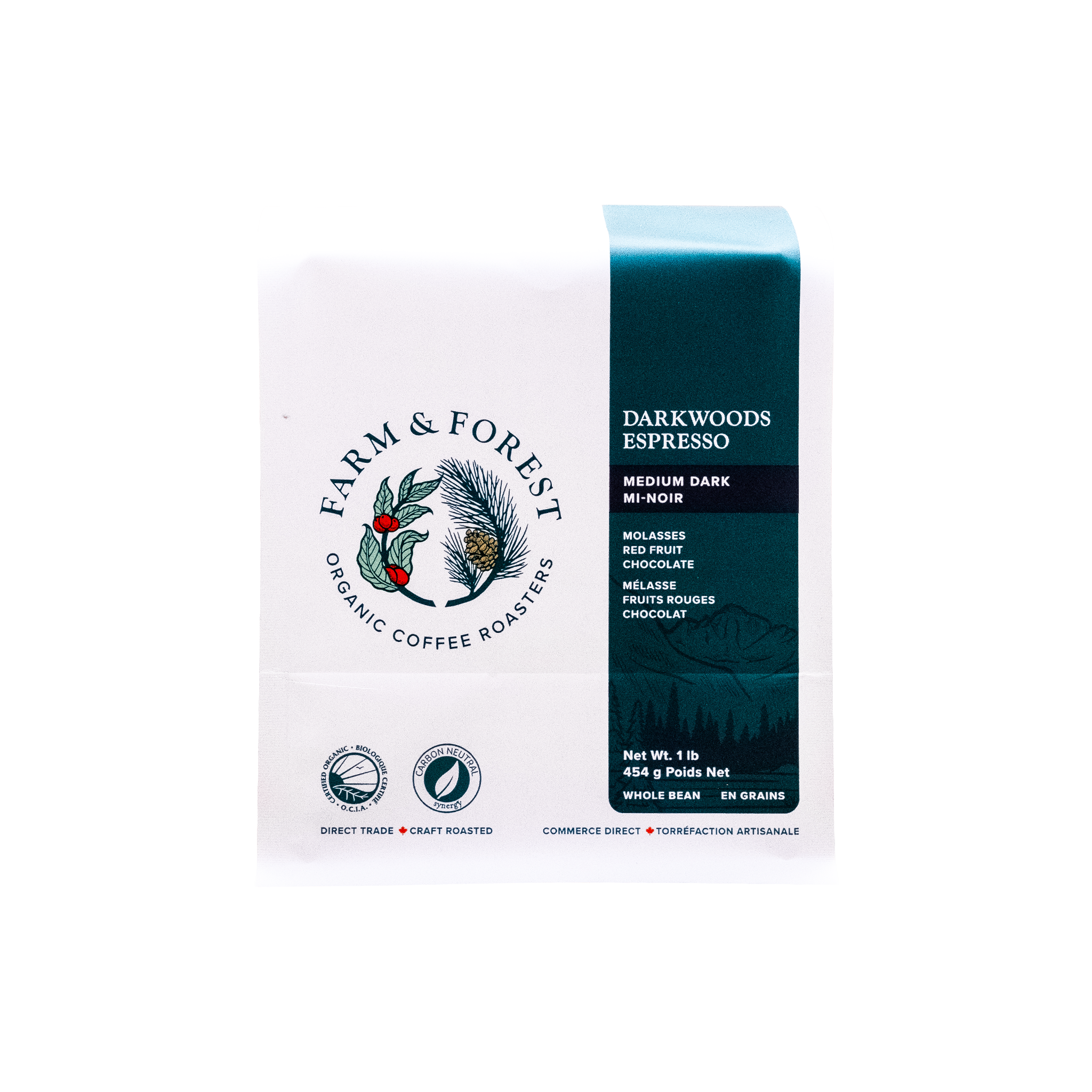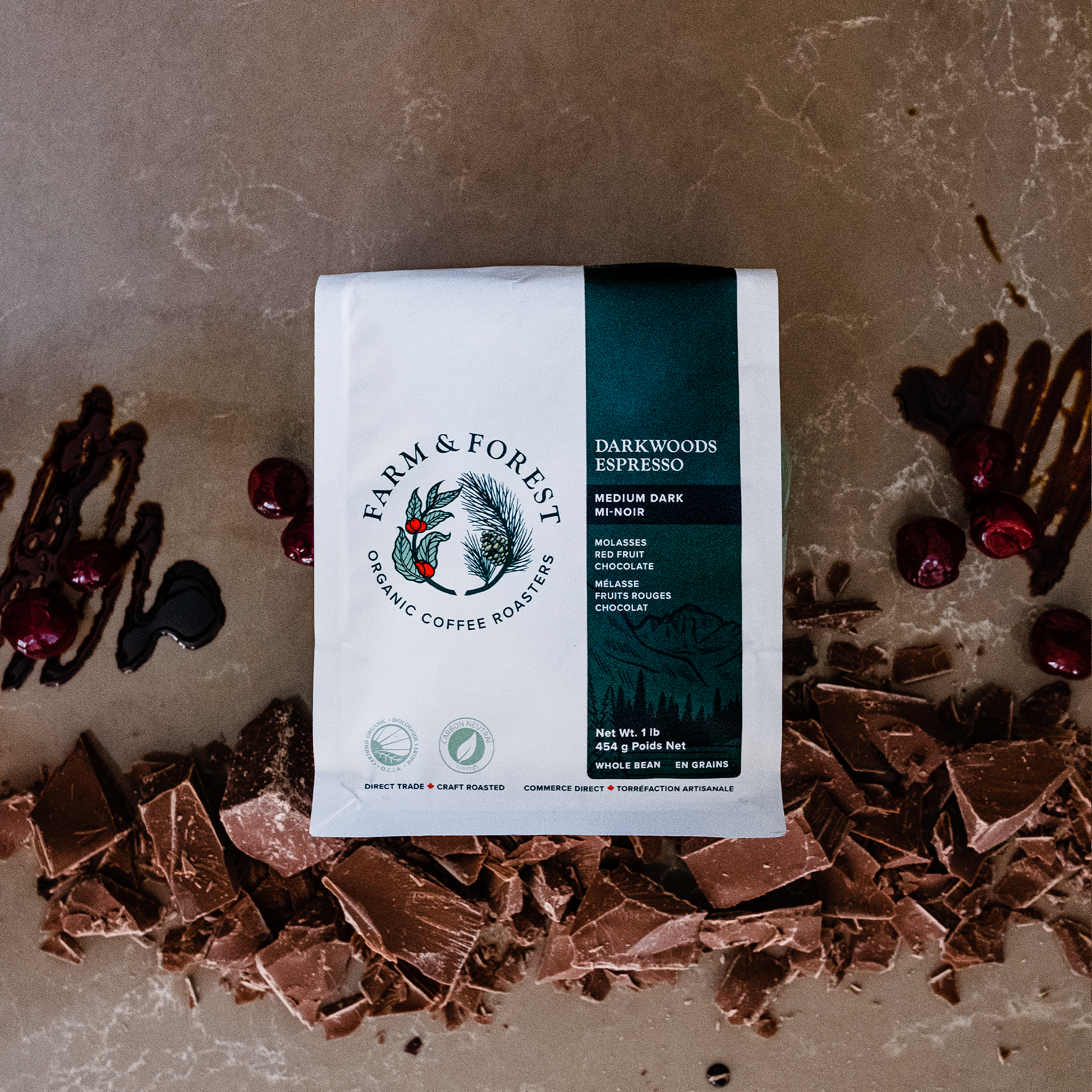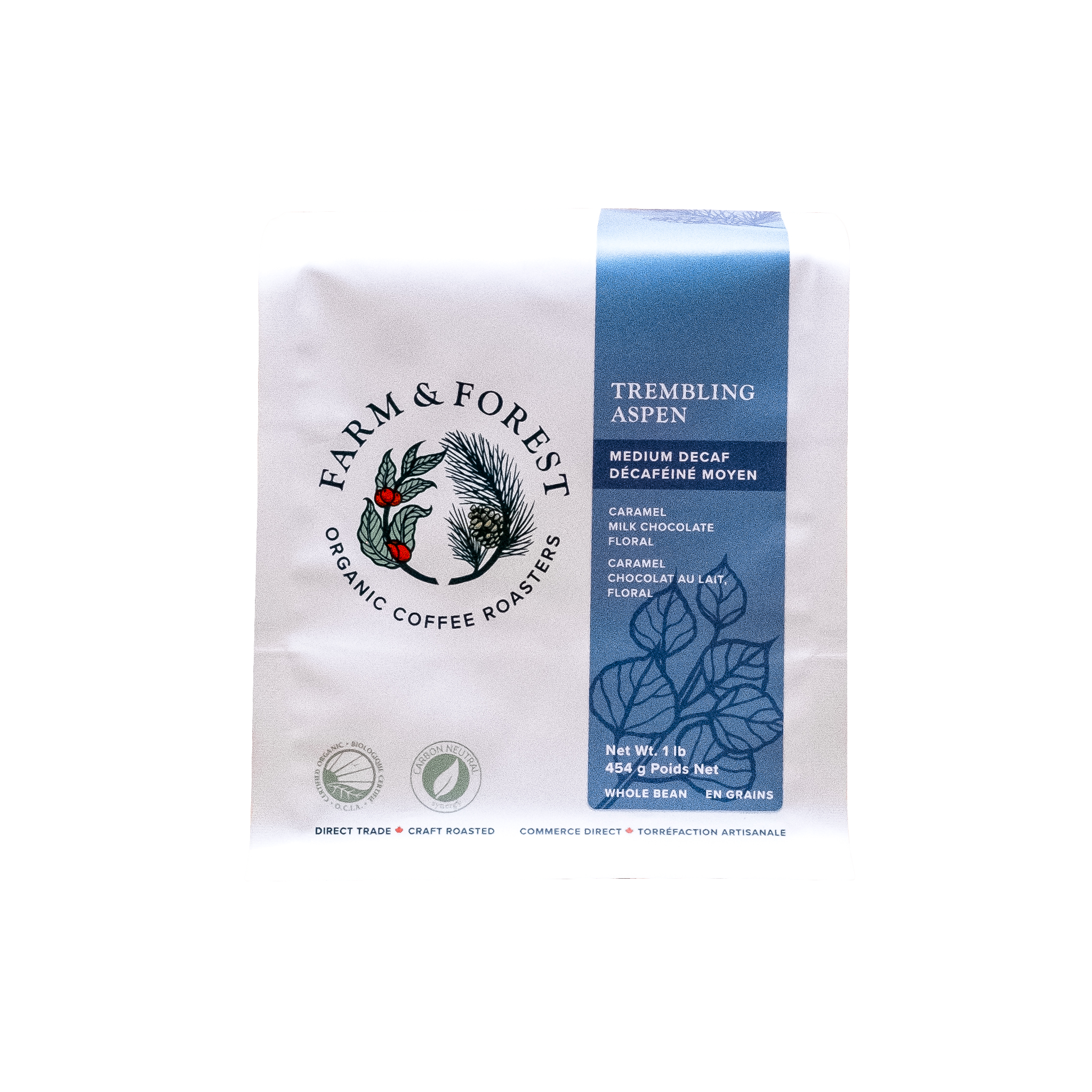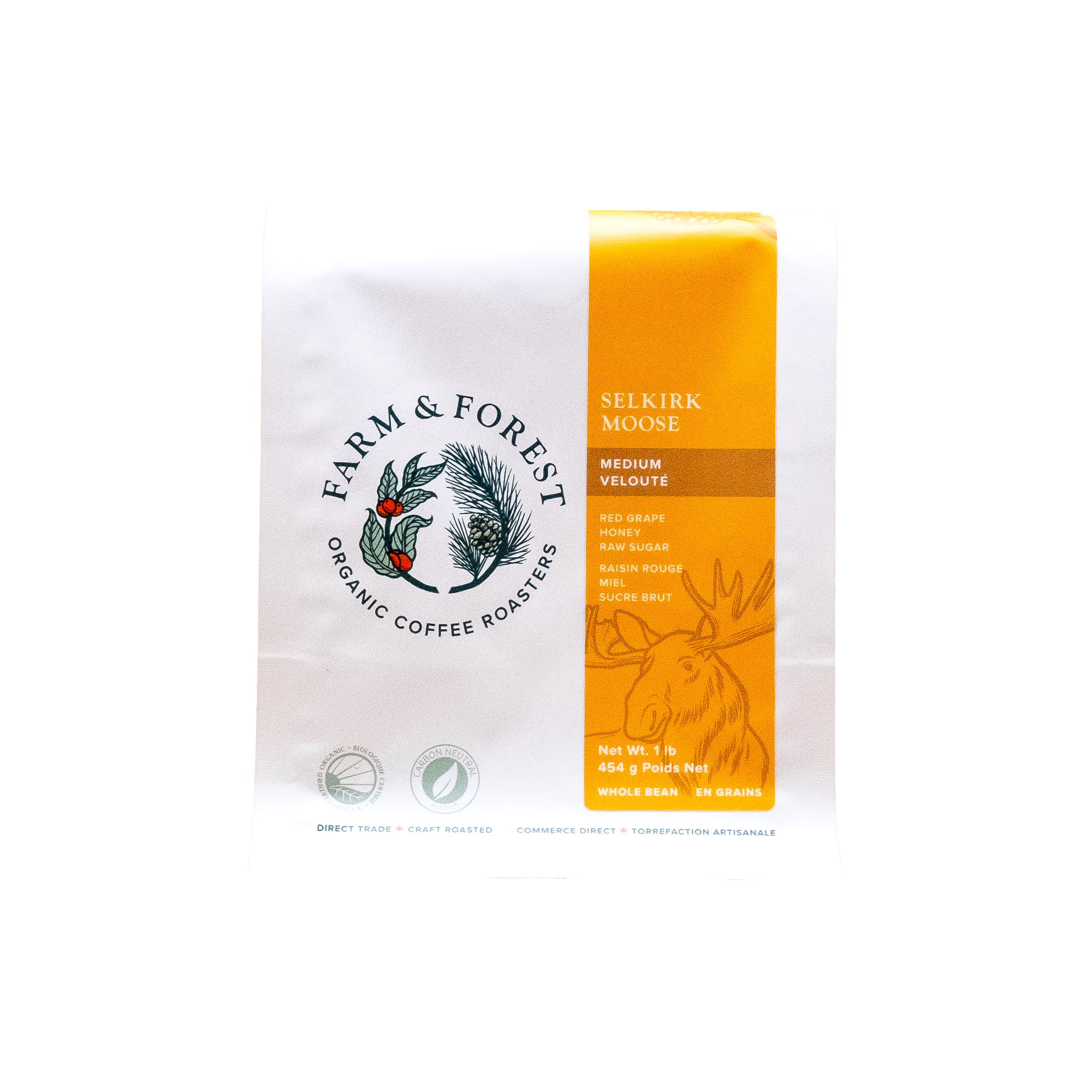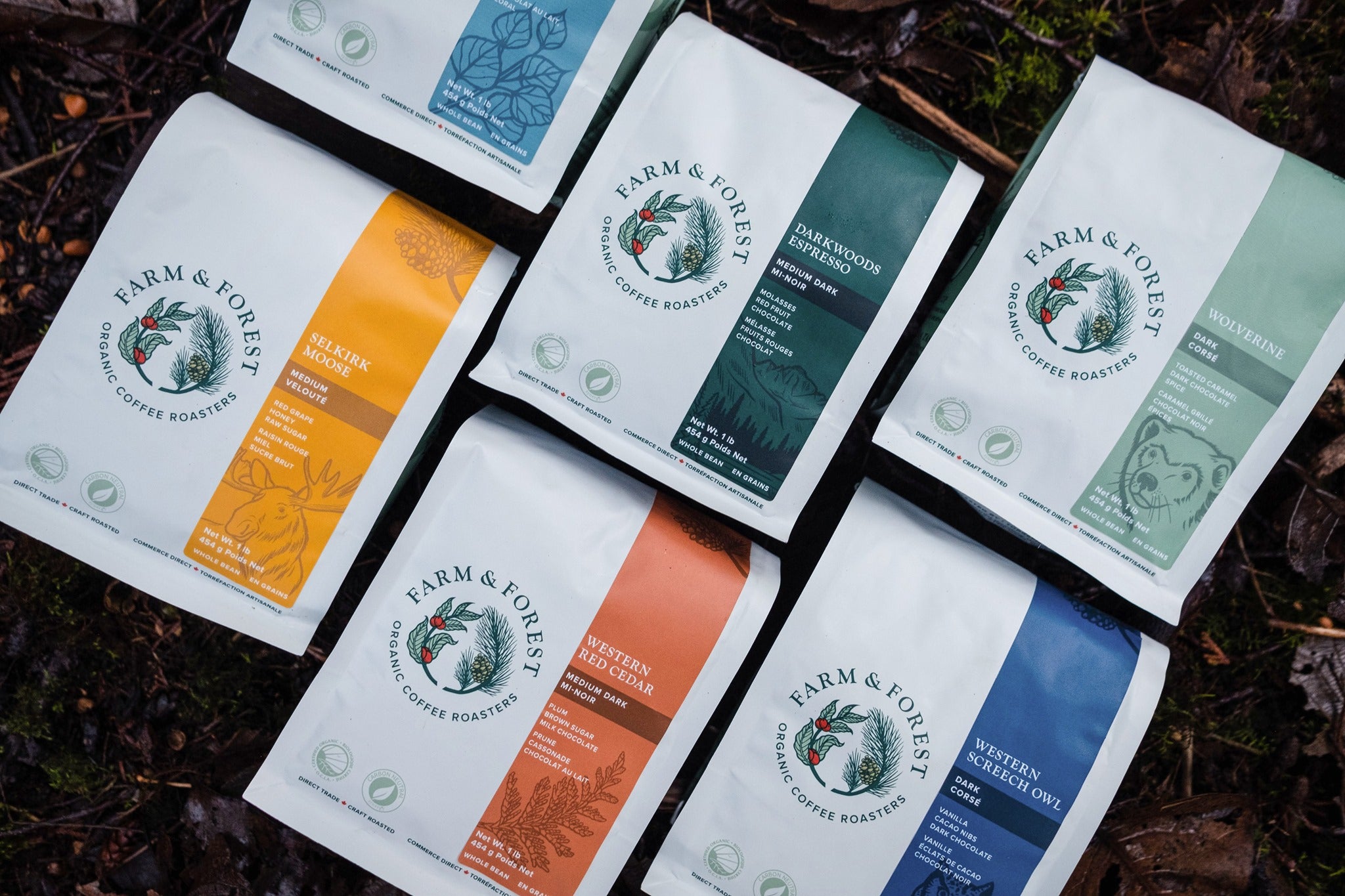The Anatomy of a Coffee Cherry, A Guide to the Different Types of Coffee Beans
Coffee, the beloved beverage enjoyed worldwide, has a rich and complex origin that begins with the humble coffee cherry. In this guide, we explore the anatomy of this fruit and uncover the secrets behind the diverse array of coffee beans that grace our cups. Join us on a journey to deepen your understanding and appreciation of the beloved beverage that fuels our daily routines. In this article we’ll cover:
-
What is a coffee cherry?
-
Appearance or the anatomy of a coffee cherry
-
Lifecycle of a coffee cherry from flowering to ripening
-
Types of coffee trees and their main characteristics
-
Arabica Coffee Beans
-
Robusta Coffee Beans
-
Factors influencing the development and flavour profile of the coffee cherry
What is a coffee cherry?
A coffee cherry, also known as coffee fruit, is a red or purple fruit that the coffee plant produces. It is known scientifically as Coffea, and is also commonly referred to as a coffee berry.
The coffee cherry starts as a small, green, unripe fruit and matures over several months, eventually turning red or yellow when ripe, depending on the plant variety this process can take several months. Once harvested, the cherry is processed to remove the outer layers and reveal the coffee beans inside, which are then roasted and used to make coffee.
Appearance or the anatomy of a coffee cherry
To understand the anatomy of a coffee cherry and its appearance we need to delve into its several layers:
A coffee cherry, also known as coffee fruit, is a red or purple fruit that the coffee plant produces. It is known scientifically as Coffea, and is also commonly referred to as a coffee berry.
The coffee cherry starts as a small, green, unripe fruit and matures over several months, eventually turning red or yellow when ripe, depending on the plant variety this process can take several months. Once harvested, the cherry is processed to remove the outer layers and reveal the coffee beans inside, which are then roasted and used to make coffee.
Exocarp:
This is the outermost layer of the coffee cherry, also known as the skin. It is typically thin and smooth, ranging in colour from green to red or yellow, depending on the stage of ripeness.
Mesocarp:
Beneath the exocarp lies the mesocarp, which is the fleshy, juicy pulp surrounding the coffee beans. The mesocarp is where much of the fruit's sweetness resides and contributes to the overall flavour profile of the coffee.
Endocarp:
Within the mesocarp are the coffee beans, which are encased in a thin, parchment-like layer called the endocarp. The endocarp protects the beans as they develop within the cherry.
Perisperm:
Known as the silverskin, the perisperm serves as the outer layer of the seed, playing a vital role in its early development. Initially occupying the spaces within the ovary where the seeds take form, this transient tissue gradually gives way to the emerging endosperm as it matures.
Endosperm fold:
Refers to a specific anatomical feature within the seed, which is the coffee bean itself. As the endosperm develops, it may exhibit a folding or wrinkling pattern, which is often referred to as the endosperm fold. The presence of the endosperm fold can vary depending on factors such as the coffee variety, growing conditions, and genetic factors, and doesn't significantly affect the quality of the coffee bean or the final cup of coffee.
Endosperm:
Is the central part of the coffee bean, or the seed, constituting its core essence. It contains crucial compounds such as carbohydrates, proteins, and lipids that profoundly impact the flavour and aroma of brewed coffee. Forming within the coffee cherry during its growth, the endosperm matures as the cherry ripens. During processing and roasting, the endosperm undergoes significant chemical changes, ultimately defining the distinctive taste profiles found in various types of coffee.
Mucilage:
Is the sticky, gelatinous substance surrounding the coffee beans within the cherry. It is a protective layer for the beans during their development and contains various sugars and polysaccharides. After harvesting, the coffee cherries are processed to remove the mucilage, typically through fermentation or mechanical methods. This process is crucial in coffee production, as excessive mucilage left on the beans can negatively impact the flavour and quality of the coffee.
Lifecycle of a coffee cherry from flowering to ripening
The lifecycle of a coffee cherry is a fascinating journey that unveils the intricate processes behind the creation of the beloved coffee bean. From the delicate blossoms that adorn coffee plants to the vibrant hues of ripened cherries, each stage in this lifecycle contributes to the rich tapestry of flavours and aromas found in our favourite brews. Now we’ll dive into the stages of development that shape the destiny of the coffee cherry, and gain a deeper appreciation for the origins of our daily cup of coffee.
Flowering: The Birth of Coffee Blossoms
-
The flowering stage marks the beginning of the coffee cherry's lifecycle, typically occurring after a period of rainfall or during the wet season in coffee-growing regions.
-
Coffee plants produce clusters of small, white flowers with a delicate fragrance, attracting pollinators such as bees and butterflies.
-
Each flower contains the potential to develop into a coffee cherry, depending on successful pollination and subsequent fertilization.
Green Cherries: The Beginning of the Journey
-
After successful fertilization, the flowers transform into small, green coffee cherries within a few weeks.
-
At this stage, the cherries are hard and unripe, with a high moisture content and low sugar concentration.
-
The green cherries gradually increase in size as they absorb nutrients from the coffee plant.
Yellowing Stage: Maturation Begins
-
As the cherries continue to develop, they undergo a stage known as "yellowing," where they transition from green to a yellowish colour.
-
During this stage, the cherries accumulate sugars and other compounds essential for flavour development.
-
The yellowing stage is a critical period when the cherries begin to mature, but they still need to be fully ripe.
Red Ripe Cherries: The Peak of Flavor Development
-
The red ripe stage is the pinnacle of flavour development in coffee cherries.
-
Fully ripe cherries exhibit a vibrant red colour and are soft to the touch, indicating optimal sugar accumulation and flavour maturation.
-
Ripe cherries are prized for their superior flavour profiles and are crucial for producing high-quality coffee.
Harvesting: Timing is Key
-
Harvesting involves selectively picking ripe cherries from the coffee plants, a labour-intensive process often done by hand.
-
Timing is crucial, as harvesting too early or too late can result in inferior coffee quality.
-
Some coffee-producing regions employ various methods, such as selective picking or strip picking, to ensure only ripe cherries are harvested.
Types of coffee trees and their main characteristics
In the world of coffee cultivation, the diversity of coffee trees is as vast and intricate as the flavours found in your morning cup. From the towering heights of the Arabica to the robust stature of the Robusta, each coffee tree species brings its unique charm and characteristics to the table. We’ll explore the various types of coffee trees and uncover their defining features. From the delicate nuances of flavour to resilience against environmental challenges, understanding the main characteristics of different coffee tree species is essential for coffee growers, enthusiasts, and consumers alike. So, let us delve into the rich tapestry of coffee trees, discovering the fascinating world that lies behind every sip of your favourite brew.
Arabica Coffee Beans
Origin, characteristics, and flavour profile
Arabica coffee beans originate from the Coffea arabica plant, which is native to the highlands of Ethiopia in East Africa. This species of coffee tree is believed to be the first cultivated coffee plant and is now grown in various regions around the world, particularly in Latin America, Africa, and Asia.
Renowned for their complex and nuanced flavour profiles, which often include notes of fruit, floral, and citrus, along with smooth, well-balanced acidity. Compared to Robusta beans, Arabica beans generally have lower caffeine content and a milder, less bitter taste. Additionally, Arabica beans are prized for their aromatic qualities, which contribute to the overall sensory experience of the coffee.
Characterized by their oval shape with a slight curvature, Arabica coffee beans are typically larger and more elongated than Robusta beans. They have a smooth surface and a relatively mild aroma when compared to other coffee bean varieties. Arabica beans are often preferred for specialty coffee due to their superior flavour characteristics and the care required in their cultivation and processing.
Cultivation regions and growing conditions
Arabica coffee beans originate from the Coffea arabica plant, which is native to the highlands of Ethiopia in East Africa. This species of coffee tree is believed to be the first cultivated coffee plant and is now grown in various regions around the world, particularly in Latin America, Africa, and Asia.
Each diverse region around the world offers unique growing conditions that contribute to the beans' distinct flavour profiles. Some of the prominent cultivation regions for Arabica coffee include:
- Latin America: Countries like Colombia, Brazil, Costa Rica, Guatemala, and Honduras are renowned for their Arabica coffee production. The high-altitude regions of the Andes Mountains provide ideal growing conditions, with rich volcanic soil, ample rainfall, and well-defined seasons, resulting in beans with vibrant acidity and fruity undertones.
- Africa: Ethiopia, the birthplace of Arabica coffee, continues to be a significant producer. Other African countries such as Kenya, Tanzania, and Rwanda also cultivate Arabica beans. These regions often feature high elevations, ample sunlight, and consistent temperatures, contributing to beans with bright acidity and floral or citrus notes.
- Asia-Pacific: Countries like Indonesia (particularly Java and Sumatra), Papua New Guinea, and India produce Arabica coffee as well. The volcanic soils, tropical climates, and high elevations in these regions foster beans with rich, earthy flavours and hints of spice or chocolate.
Growing conditions for Arabica coffee trees typically include altitudes ranging from 600 to 2,000 meters above sea level, although optimal elevation can vary depending on the specific microclimate of each region. The trees thrive in temperatures between 15°C to 24°C (59°F to 75°F) and require well-drained soil with adequate moisture retention.
Popular varieties of Arabica beans
Some of the most notable Arabica varieties include:
- Typica: Considered one of the oldest Arabica varieties, Typica is known for its smooth, balanced flavour profile with mild acidity and hints of sweetness. It is cultivated in various regions worldwide and serves as the genetic foundation for many other Arabica cultivars.
- Bourbon: Originating from Bourbon Island (now Réunion) in the Indian Ocean, Bourbon beans are prized for their complex flavour profile, which often includes notes of caramel, chocolate, and floral undertones. They thrive in high-altitude regions with well-defined seasons.
- Geisha (or Gesha): Originally from Ethiopia but gaining prominence in Panama, Geisha beans are celebrated for their exceptional clarity, vibrant acidity, and floral aromatics. They require specific microclimates with high altitudes, ample shade, and consistent rainfall to reach their full potential.
These popular Arabica bean varieties showcase the diversity and versatility of Arabica coffee, offering a wide range of flavour experiences for coffee enthusiasts to explore.
Robusta Coffee Beans
Cultivation regions and growing conditions.
Robusta coffee trees thrive in tropical climates with consistent temperatures and ample rainfall. They are typically cultivated in regions with altitudes ranging from sea level to about 800 meters. These regions provide the ideal combination of temperature, rainfall, and soil conditions for robusta trees to flourish, resulting in high yields of robust beans. Some prominent cultivation regions for Robusta coffee include:
These regions provide the ideal combination of temperature, rainfall, and soil conditions for robusta trees to flourish, resulting in high yields of robust beans.
- Africa: Countries such as Uganda, Ivory Coast, and Cameroon are renowned for their Robusta coffee production. These regions typically feature lower altitudes and warmer climates, providing favorable conditions for Robusta trees to thrive. With ample rainfall and consistent temperatures, beans from these areas often exhibit bold, earthy flavors with hints of chocolate and nutty undertones.
- Asia-Pacific: Vietnam, Indonesia, and India are significant producers of Robusta coffee beans. The tropical climates and fertile soils in these regions contribute to robust tree growth and high yields of quality beans. Robusta beans from Asia-Pacific regions are known for their strong, bitter flavor profile, often characterized by notes of dark chocolate and tobacco.
- South America: While less common than Arabica, Robusta coffee is also cultivated in some South American countries such as Brazil and Ecuador. These regions offer diverse microclimates, ranging from coastal plains to mountainous regions, providing opportunities for Robusta cultivation in specific areas. Robusta beans from South America may exhibit a milder flavor profile compared to those from Africa and Asia-Pacific, with nuances of caramel and toasted grains.
Popular varieties of ROBUSTA beans
While Robusta beans are generally less diverse in terms of cultivars compared to Arabica, there are still several notable varieties that have gained recognition for their quality and flavour characteristics. Some popular varieties of Robusta beans include:
- Coffea canephora var. Robusta: This is the most common and widely cultivated variety of Robusta coffee, known for its high caffeine content and bold flavour profile.
- Coffea canephora var. Conilon: Also known as "Robusta Conilon," this variety is primarily cultivated in Brazil and is prized for its resistance to pests and diseases, as well as its ability to produce high yields of quality beans.
- Coffea canephora var. Kouillou: Originating from the Kouillou region in the Republic of Congo, this variety is valued for its unique flavour profile, which often includes fruity and floral notes alongside the typical robusta characteristics.
While Robusta beans may not boast the same complexity and subtlety as Arabica beans, they play a crucial role in the coffee industry, particularly in espresso blends and instant coffee production.
Factors influencing the development and flavour profile of the coffee cherry
Several factors influence the development and flavour profile of the coffee cherry, ultimately shaping the quality and characteristics of the coffee beans within. These factors include:
- Climate and Weather Conditions: The climate of the region where coffee is grown has a significant impact on cherry development and flavour. Factors such as temperature, rainfall, humidity, and sunlight exposure all play crucial roles. Ideal conditions vary depending on the coffee species, with Arabica thriving in cooler, subtropical climates and Robusta flourishing in warmer, tropical regions.
- Altitude: Altitude affects the rate of cherry development and influences the bean's flavour profile. Higher altitudes typically result in slower cherry maturation, allowing for more complex flavours to develop. Coffee that is grown at higher elevations often exhibits brighter acidity, floral aromas, and nuanced flavours, while lower-altitude coffee tends to have a heavier body and less acidity.
- Soil Composition: The composition of the soil in which coffee trees are grown impacts the cherry's nutrient uptake and overall health. Nutrient-rich soil contributes to healthy tree growth and optimal cherry development, leading to better flavour profiles in the beans. Volcanic soils, for example, are known for imparting unique mineral characteristics to coffee beans.
- Varietal or Species: As we covered before, the different coffee species have distinct flavour profiles and exhibit their own set of characteristics influenced by factors such as genetics and lineage.
- Harvesting Practices: The timing and method of harvesting can significantly impact the flavour profile of the coffee cherry. Selective picking of ripe cherries ensures optimal sweetness and flavour development, while mechanical harvesting or harvesting at varying degrees of ripeness can result in uneven flavour profiles and lower-quality beans.
- Processing Methods: The processing methods used after harvesting play a crucial role in determining the final flavour profile of the coffee beans. Processing methods such as washed (wet), natural (dry), and honey (semi-dry) processing each impart distinct flavour characteristics to the beans, influenced by factors such as fermentation, drying time, and microbial activity.
Overall, the interplay of these factors, along with others such as agricultural practices, varietal selection, and post-harvest processing, contributes to the complex and diverse flavours found in coffee beans from different regions and origins.
Do you want to learn more about coffee and its production methods? We selected some of our best guides from our coffee blog for you to read next:
And if you are looking for coffee with a careful journey from farm to cup, Farm & Forest Organic Coffee is all you need. We source our organic coffees from some of the world’s finest growing regions and roast them at our carbon-neutral facility, nestled near the shores of the Pacific Ocean.
While helping us take care of our planet, 15¢ from every pound of coffee sold is donated to the Nature Conservancy of Canada to protect habitat for our nation’s wildlife.







